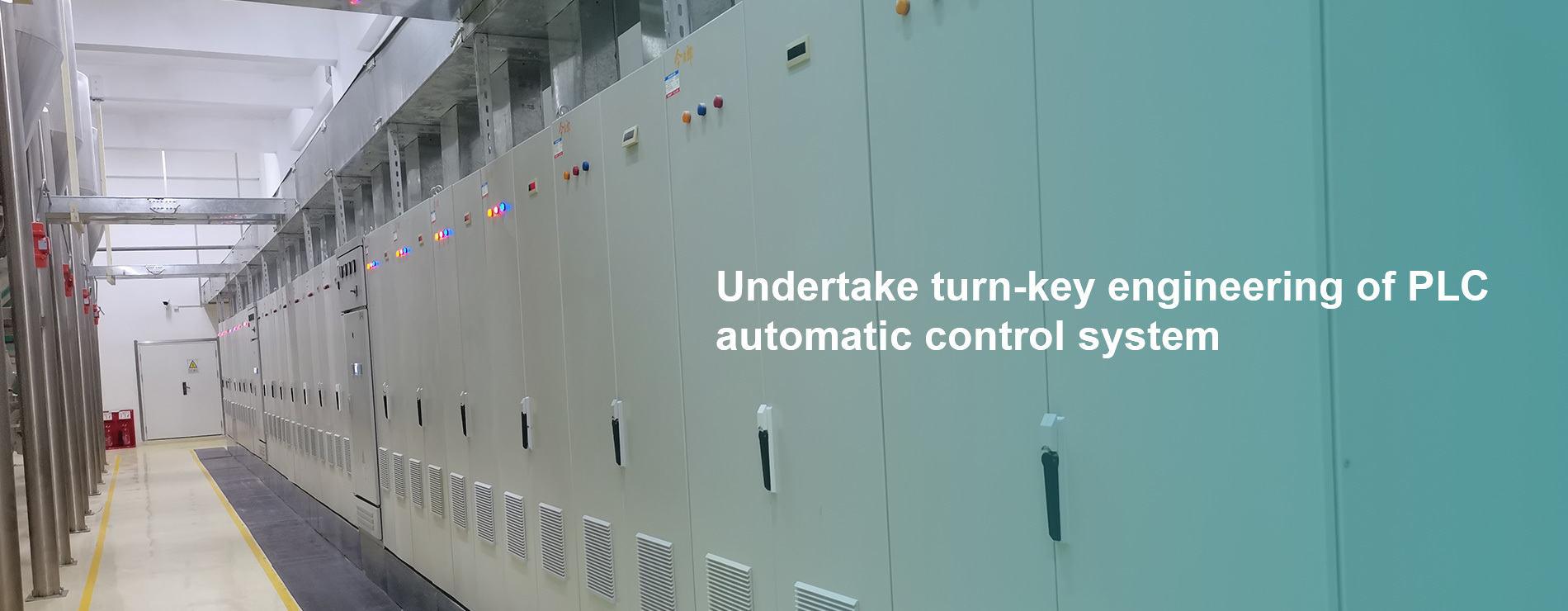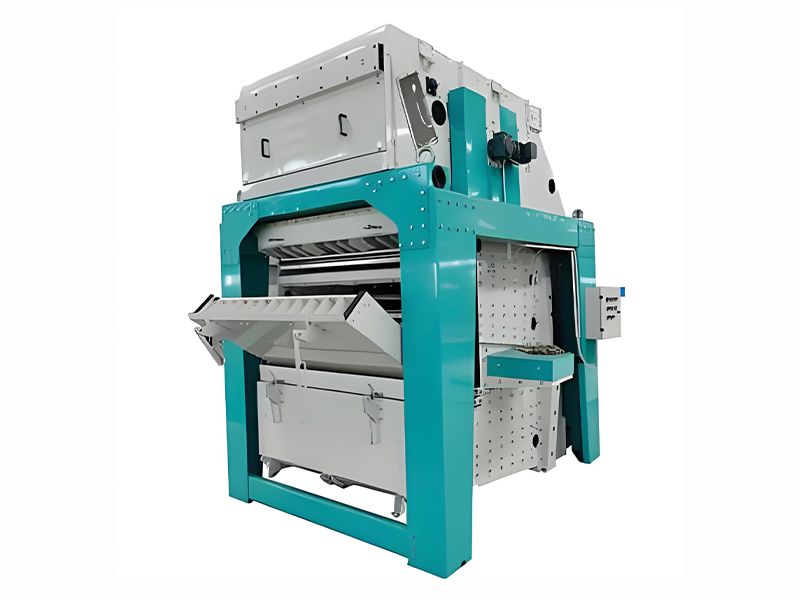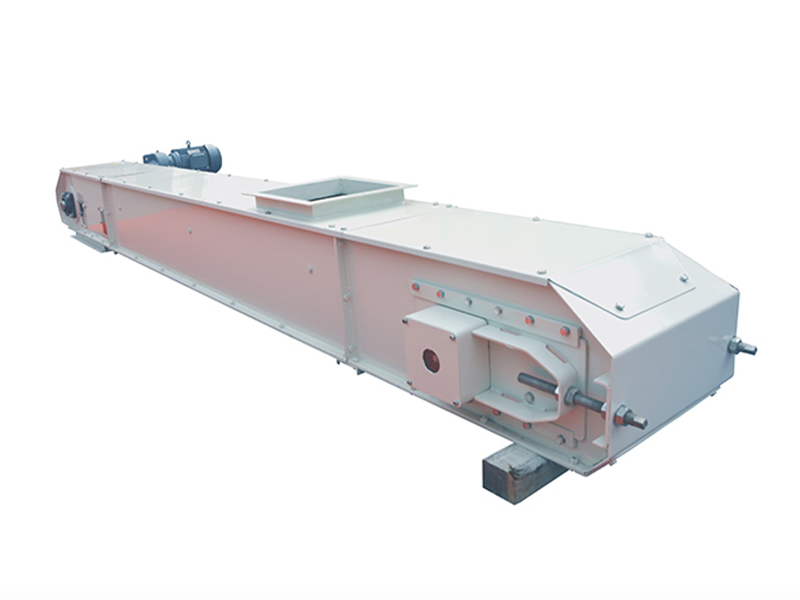Recent Posts
Top Benefits of Implementing Pneumatic Conveying in Your Farming Operations
Release time:
Aug 08,2025
Top Benefits of Implementing Pneumatic Conveying in Your Farming Operations Pneumatic conveying systems have become essential in modern agricultural practices, offering a range of advantages that can significantly enhance productivity, minimize labor costs, and improve operational efficiency. In this article, we will delve into the top benefits of implementing pneumatic conveying systems in your f
Top Benefits of Implementing Pneumatic Conveying in Your Farming Operations
Pneumatic conveying systems have become essential in modern agricultural practices, offering a range of advantages that can significantly enhance productivity, minimize labor costs, and improve operational efficiency. In this article, we will delve into the top benefits of implementing pneumatic conveying systems in your farming operations and explore how they can revolutionize the way you handle materials in your agricultural setup.
What is Pneumatic Conveying?
Pneumatic conveying is a method of transporting bulk materials using air or gas as a medium. The system operates by producing airflow that moves the materials through a pipeline, making it an ideal solution for various agricultural applications, including the handling of grains, seeds, fertilizers, and more.
By leveraging air pressure, pneumatic conveying reduces the risk of contamination and ensures the safe and efficient transport of materials over considerable distances.
Why Implement Pneumatic Conveying in Agriculture?
The agricultural industry is constantly evolving, and the need for efficient material handling solutions has never been greater. As farmers seek to increase their output while minimizing costs, pneumatic conveying systems present a viable solution that addresses these challenges effectively.
1. Improved Efficiency and Productivity
One of the most significant benefits of pneumatic conveying is its ability to enhance efficiency in material handling. Traditional methods of transporting materials, such as using conveyor belts or manual labor, can be time-consuming and labor-intensive. With pneumatic systems, materials can be moved quickly and effortlessly, reducing the time spent on logistics and allowing for more focus on core farming activities.
Moreover, pneumatic conveying systems are capable of handling large volumes of material simultaneously, which means that farmers can achieve higher throughput without the need for additional labor or equipment.
2. Enhanced Safety in the Workplace
Safety is paramount in any farming operation. Pneumatic conveying systems minimize the risks associated with manual handling and equipment operation. These systems are designed to operate with minimal human intervention, significantly reducing the likelihood of injuries related to lifting heavy loads or operating machinery.
Moreover, because pneumatic conveying is a closed system, it helps to reduce dust emissions and exposure to harmful substances, creating a safer working environment for farmers and their employees.
3. Reduced Labor Costs
Labor costs can be a significant portion of a farming operation’s budget. By implementing pneumatic conveying, farmers can automate material handling processes, significantly reducing the need for manual labor. This not only leads to direct cost savings but also allows farmers to allocate their workforce more effectively to other critical tasks on the farm.
4. Versatility in Material Handling
Pneumatic conveying systems are incredibly versatile and can handle a wide variety of materials, including powders, granules, and even small items. This adaptability makes them suitable for various applications in agriculture, from transporting seeds and fertilizers to handling animal feed.
Farmers can also customize pneumatic conveying systems to meet their specific needs, ensuring that they can effectively transport the materials required for their operations.
4.1 Types of Materials Handled
- **Grains**: Pneumatic systems efficiently handle grains, reducing the risk of damage during transportation.
- **Fertilizers**: These systems can manage both bulk and granulated fertilizers, ensuring even distribution across fields.
- **Animal Feed**: Pneumatic conveying can transport feed with minimal degradation, maintaining the quality of the feed.
5. Improved Quality Control
Maintaining the quality of agricultural products is essential for ensuring customer satisfaction and maximizing profits. Pneumatic conveying systems excel in maintaining product integrity during transportation. Unlike traditional conveyor belts, which may cause abrasion or degradation of materials, pneumatic systems gently move products, preserving their quality.
Additionally, the enclosed nature of pneumatic conveying systems protects materials from contaminants, pests, and the elements, further ensuring the quality of the transported products.
6. Space-Saving Solutions
In many farming operations, space can be at a premium. Pneumatic conveying systems are compact and can be installed in various configurations, allowing farmers to utilize their available space more effectively. This flexibility ensures that farmers can maintain an organized workspace while still efficiently transporting materials.
Moreover, these systems can be integrated with existing infrastructure, minimizing the need for extensive renovations or new construction.
7. Environmentally Friendly Operations
As sustainability becomes increasingly important in agriculture, pneumatic conveying systems offer an eco-friendly solution for material transport. By reducing dust emissions and minimizing the risk of spillage, these systems help to protect the surrounding environment.
Additionally, because pneumatic conveying systems are energy-efficient, they contribute to reducing the overall carbon footprint of farming operations.
8. Cost-Effectiveness Over Time
While the initial investment in pneumatic conveying systems may seem substantial, the long-term cost savings are significant. The reduction in labor costs, improved efficiency, and enhanced safety all contribute to a favorable return on investment (ROI). Over time, farmers can expect to see considerable savings that enhance their bottom line.
Frequently Asked Questions (FAQs)
1. What types of pneumatic conveying systems are available for farming operations?
There are various types of pneumatic conveying systems, including positive pressure, vacuum, and mixed systems. Each type has its unique benefits and can be tailored to specific material handling needs in agriculture.
2. Can pneumatic conveying systems handle all types of agricultural materials?
Pneumatic conveying systems are versatile and can handle a range of materials, including grains, seeds, fertilizers, and more. However, the suitability may depend on the specific characteristics of the material.
3. What is the maintenance required for pneumatic conveying systems?
Regular maintenance for pneumatic conveying systems typically involves checking air filters, cleaning the pipelines, and inspecting the system for wear and tear. Proper maintenance ensures optimal performance and longevity of the system.
4. How do pneumatic conveying systems improve workplace safety?
By reducing the need for manual handling and minimizing dust emissions, pneumatic conveying systems create a safer working environment, reducing the risk of injuries and exposure to harmful substances.
5. Is it possible to retrofit existing systems with pneumatic conveying?
Yes, many pneumatic conveying systems can be integrated with existing infrastructure, making it possible to retrofit current setups without extensive renovations.
Conclusion
Implementing pneumatic conveying systems in your farming operations offers numerous benefits, including improved efficiency, enhanced safety, and significant cost savings. As the agricultural industry continues to evolve, leveraging innovative technologies like pneumatic conveying can keep your operations competitive and sustainable. By investing in these systems, farmers can not only streamline their material handling processes but also contribute to the overall growth and success of their farming ventures. Embrace the future of agriculture with pneumatic conveying and witness the transformative impact it can have on your operations.
keywords
Previous Page:
Previous Page:

HOW CAN WE HELP ?
Get In Touch With Us!
Contact Information
Fax: +86-371-23227333
E-mail: global@aomgmach.com
Production base: Zongdian Industrial Zone, Qi County, Kaifeng City
Business license




